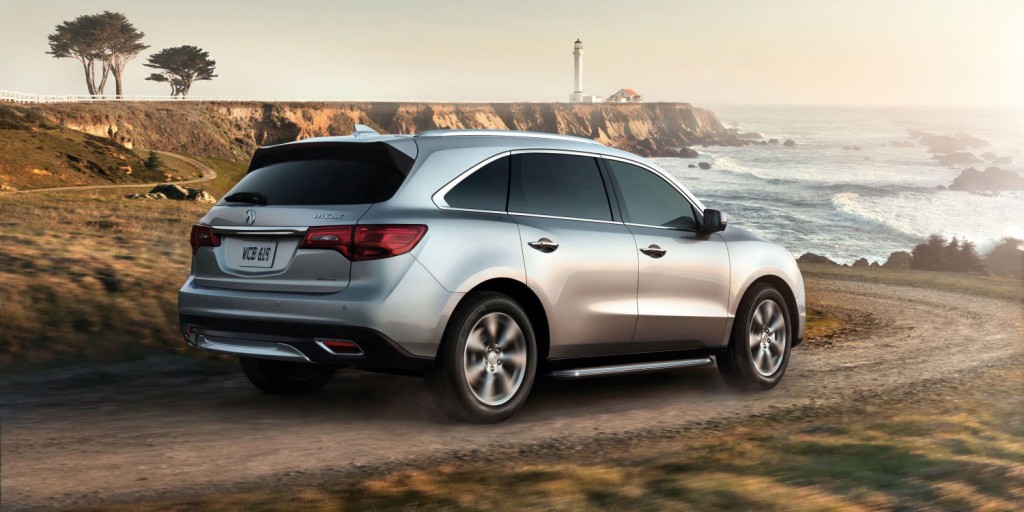The fuel economy of Acura vehicles is likely to see a massive improvement over the next five to 10 years because of government regulations that require less consumption of fossil fuels. However, that does not mean that an Acura you buy today will be outdated by tomorrow. Instead, Acura is making changes to its current models to ensure modest consumption of fuel.
Take, for example, one of Acura’s best-selling models, the MDX. As a large SUV, its primary challenge with fuel is its weight. Acura met this by trimming 275 pounds from its body, which is a sizable sum. By using aluminum, magnesium, and new types of steel, Acura is able to make a car that is stronger while also lighter, so you don’t need as much gas to get things moving.
Or perhaps the RDX has caught your eye. At first glance, you might see that it has a V-6 engine and think that it prioritizes performance over efficiency. Instead, the RDX runs on four cylinders at low speeds to save fuel. Active engine mounts make sure that turning off two cylinders doesn’t make the car run roughly and the engine’s computer makes sure all six cylinders can be used in case you see a donut shop and need power in a hurry.
The RLX offers the Sport Hybrid 3-Motor System, which is a blend of gasoline and electric power. Three electric motors are constantly charged and discharged over the course of driving. This harnesses energy generated from driving and reduces the amount of gas burned. Put simply, electric power makes acceleration from a standstill quicker and stretches each gallon of gas further.
The TLX offers two different transmissions that share a common denominator: a lot of gears. The eight- and nine-speed transmissions give the engine more gears to cycle through just like you change gears on a bike. However, the TLX is smart enough to know that some situations require you to stay in a gear longer than others. For example, grade control logic means the car knows if it’s on a hill and changes the transmission use accordingly.
Finally, the ILX has the engine of its big brother, the TLX, but in a much lighter and smaller body. The entire block of the engine is crafted from aluminum, a much lighter metal than iron or steel. Each cylinder mixes gasoline and air carefully to ensure the right amount of burn just as you would coax a fire to start in a fire pit. By varying valve timing and using multi-hole fuel injectors, fuel is burned cleanly and thoroughly.
In conclusion, Acura is implementing many technologies to improve fuel economy. And the good news is that many of these technologies are shared among the vehicles. The bottom line is that Acura is just as committed as ever to making sure fuel economy is at the top of the list for its customers.
We list the fuel economy numbers for all vehicles at our dealership and would be happy to let you get real-world figures by taking a car out on a test drive. Set up an appointment now with one of our no-pressure Acura specialists.

